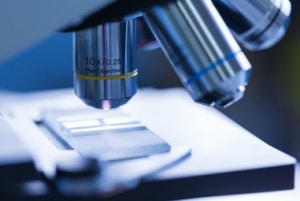Latin America: A Warrior Region
As we mentioned in our previous post, for the past five years, Latin America’s slow growth in the analytical and life science instrument industries have resulted in the region lingering in the shadow of recent powerhouse markets, such as China. Despite the wealth of opportunities in Asia, many sales and marketing managers within our industry are looking at Latin America and wondering if opportunities in the region have been underestimated, and if we’ll see economies there take off in the near future.
While we certainly can’t make the claim that market growth for analytical instrumentation in Latin America is bound for excellence soon, our analysts also cannot ignore the opportunities in the positive trends we do see, especially in the larger scientific research economies of Brazil, Mexico, and Argentina.
With growing middle classes, and aging population, and rising obesity rates, the pharmaceutical industry is experiencing especially robust growth, particularly in Brazil. Latin America is also increasingly seeing an uptick in clinical trials, due to cheaper costs. In terms of how this impacts instrumentation sales, the pharma/biotech industry represents the 
However, the rapid expansion of pharma company facilities is almost matched by the rise of demand in the “applied” sector for the region. As Latin America continues to be a major world exporter of food and agriculture products, there is also a rise in both food production and safety testing. This bodes well for steady chromatography-related product sales, which are often used for food content analysis and pesticide trace testing.
Companies producing optical, electron, and advanced microscopes have the most to 
In addition to accurately estimating the market demand and exploring the growth changes for each type of analytical instrumentation, our team wanted to probe deeper. We succeeded in engaging a large number of analytical instrument end-users through a detailed survey on current instrument and vendor usage and awareness, lab budgets and spending, and future purchasing plans. Our final post will touch on some of the findings from that study, and how it translates to opportunities for suppliers.
You can see all this data, insights, and more in our recent Latin America report, where a report brochure with the Table of Contents and sample data is available for download.




